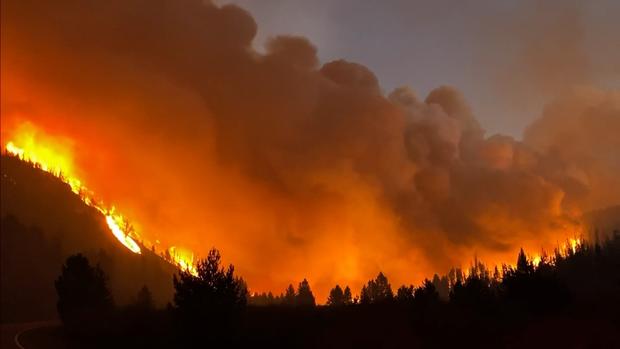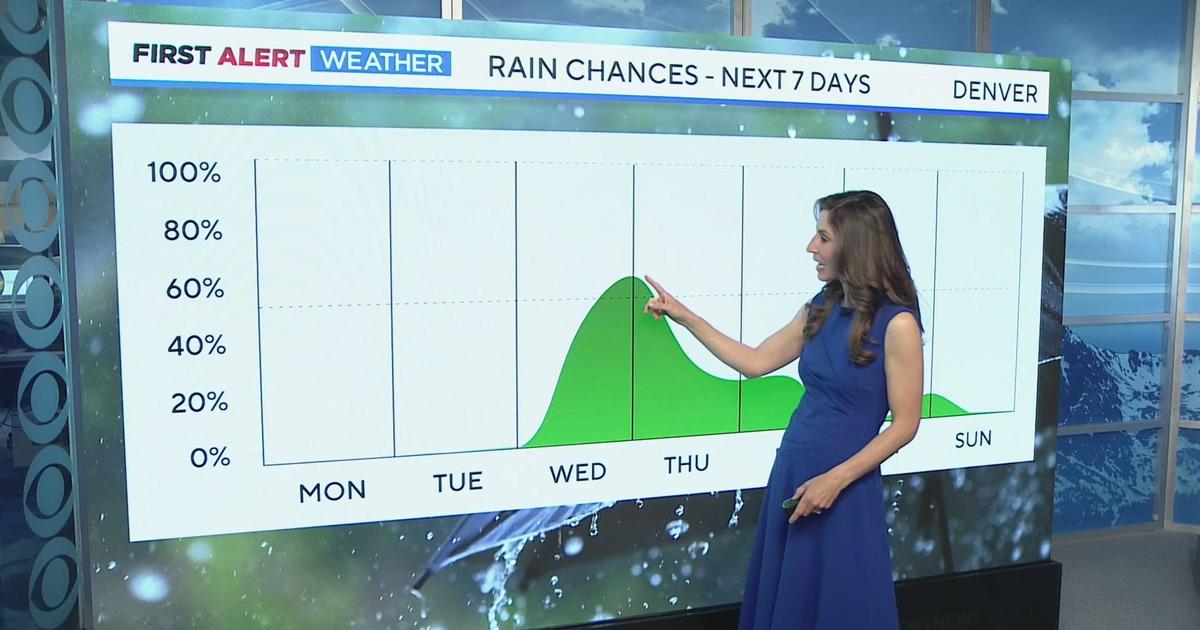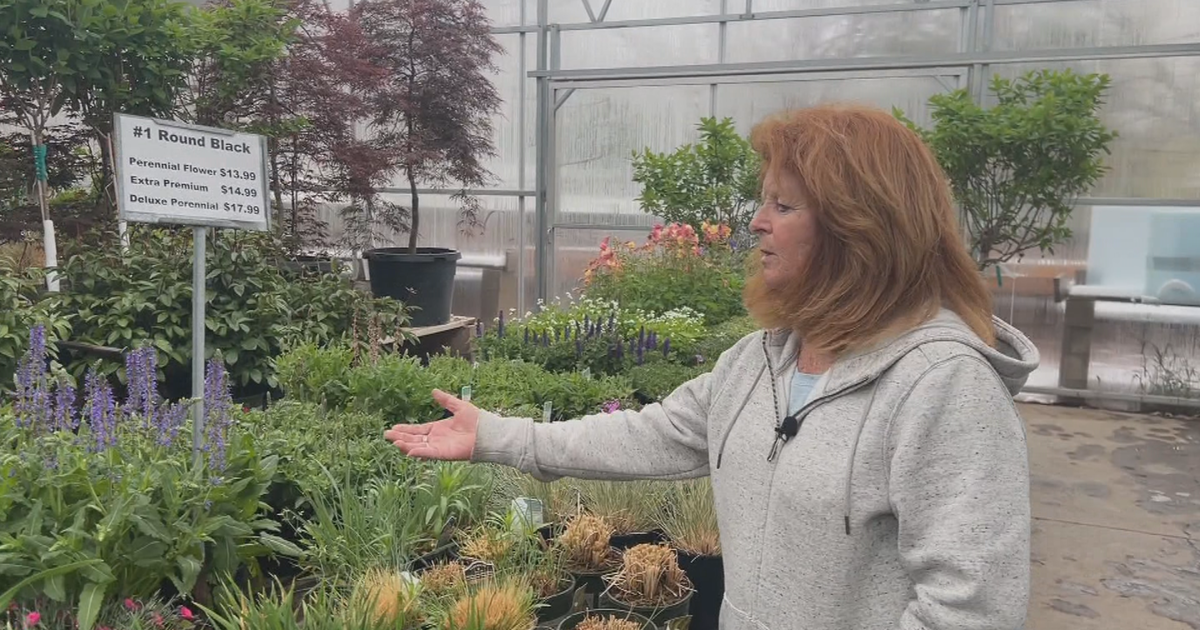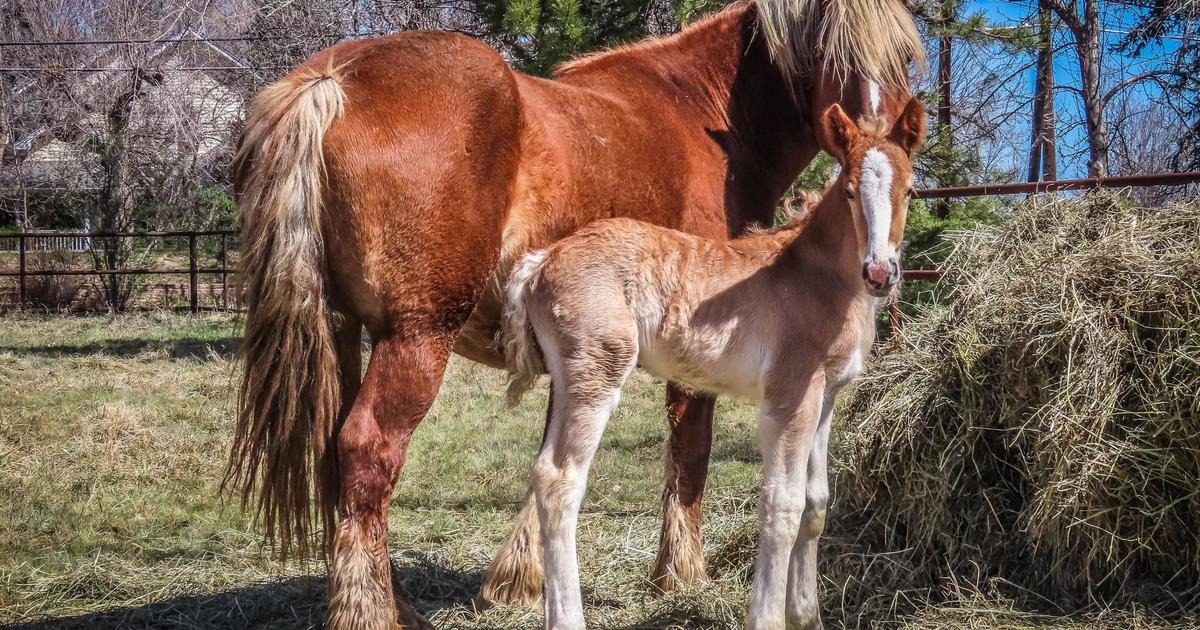Wind From Incoming Cold Front Could Help Wildfires Spread
GRAND COUNTY, Colo. (CBS4) - Light wind and low temperatures led to the best firefighting conditions of the week around the East Troublesome Fire on Friday, but an incoming cold front will bring strong winds again and could cause the fire to grow larger.
"If we do get high winds and the fuels are available we can see some potential for some large fire growth," said Incident Commander-trainee Dan Quinones. "Whether it be from the southwest, west, or northwest, none of those angles line up good for the communities that we're trying to protect as far as a wind direction."
With Friday's better conditions, an aggressive air attack took place. Fire in higher elevations didn't do much growth. With a small portion of the fire now on the east side of the Continental Divide in Rocky Mountain National Park, the fire has been split into two zones. The portion east of the divide in RMNP is called the Thompson zone and is getting resources from the Cameron Peak Fire. The majority of the East Troublesome Fire is in the Grand zone.
Strong winds could cause the fire to spot beyond the divide again on Saturday.
"If there's a remote possibility of fire spotting across the Continental Divide I almost count on it now," Rocco Snart, the Planning Branch Chief for the Colorado Division of Fire Prevention and Control, told CBS4 on Thursday. "The large convective column is capable of transporting superheated embers. And those embers can stay aloft over the course of half-a-mile or a mile or multiple miles in some cases."
Quinones said significant work around the East Troublesome's southern border was done on Friday. Crews worked on securing terrain from outside of Hot Sulphur Springs all the way east toward Willow Creek Reservoir to protect the northwest side of Granby. Other crews have worked on structure protection along the Highway 34 corridor between Granby and Grand Lake.
"High winds aren't good on any fire, it's how we react to those and can we get in there," said Quinones. "Ultimately if we can get some snow or some moisture, that's what we're looking for."




